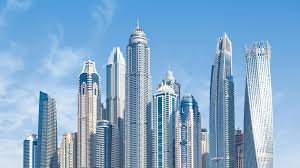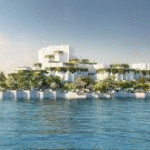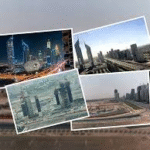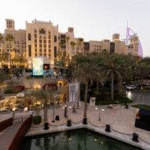Now Reading: Sharjah: Unveiling an Amazing Cultural and Economic Hub
-
01
Sharjah: Unveiling an Amazing Cultural and Economic Hub
Sharjah: Unveiling an Amazing Cultural and Economic Hub
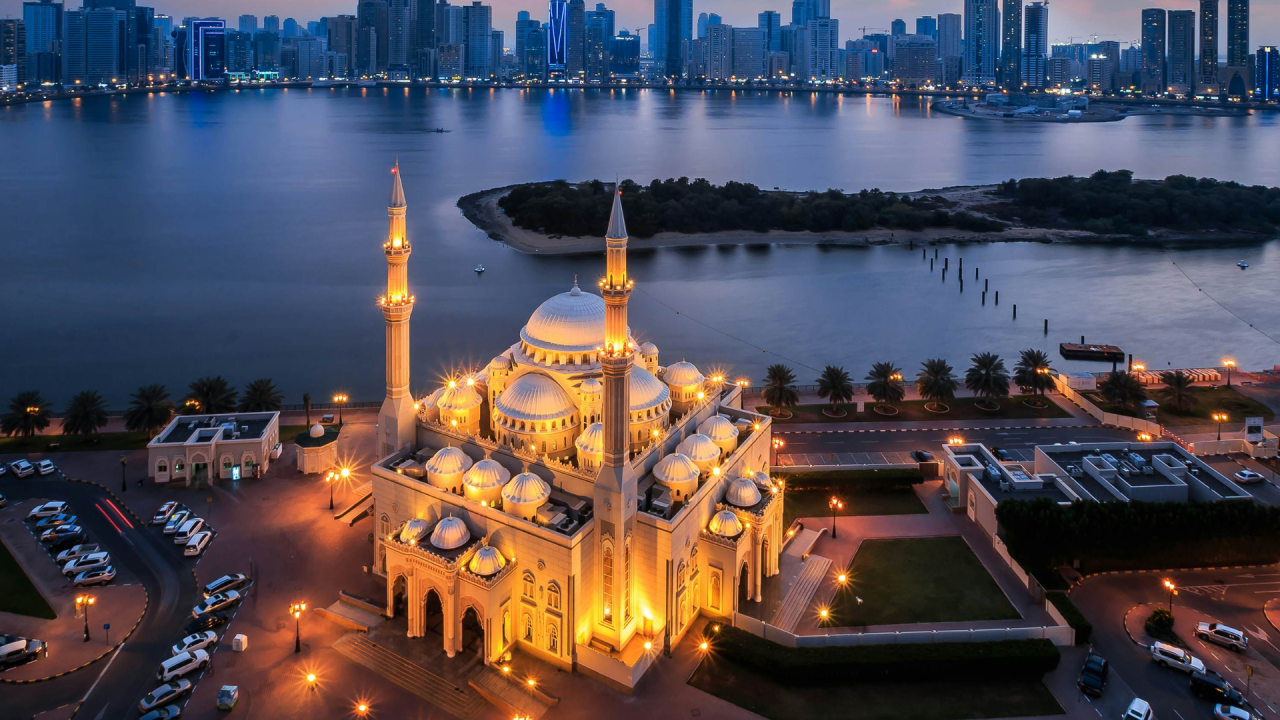
Table of Contents
Sharjah Sustainable City (SSC) stands as a pioneering example of how urban development can harmonize with environmental responsibility and community well-being. Launched as a joint venture between the Sharjah Investment and Development Authority (Shurooq) and Diamond Developers, this ambitious project has rapidly progressed from concept to a thriving, eco-conscious community, setting a remarkable benchmark for sustainable living not just in the UAE but globally. By mid-2025, SSC has cemented its position as a vibrant, fully integrated model, demonstrating practical solutions to the interconnected challenges of energy, water, waste, and food security.
Vision and Core Philosophy
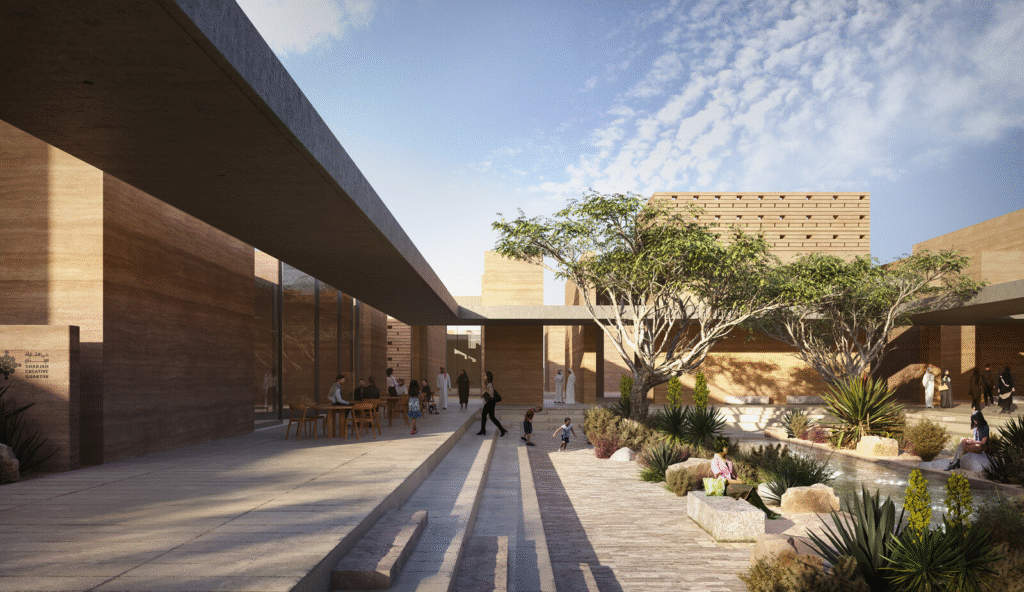
Sharjah Sustainable City’s vision is to create a vibrant, self-sustaining community that minimizes its environmental footprint while maximizing the quality of life for its residents. Spanning 7.2 million square feet in Sharjah’s Al Rahmaniyah area, the city is designed around the three pillars of sustainability: environmental, social, and economic. Its core philosophy revolves around a “net-zero” ambition, aiming to generate as much energy as it consumes, recycle all its waste, and treat 100% of its wastewater for reuse. This holistic approach extends to fostering a sense of community, promoting healthy lifestyles, and ensuring economic viability for its residents through reduced living costs.
Key Eco-Friendly Features and Technologies

SSC integrates cutting-edge technologies and passive design strategies to achieve its ambitious sustainability targets:
- Energy Efficiency and Renewable Energy:
- Rooftop Solar Panels: Every one of the 1,250 residential villas is equipped with rooftop solar panels, significantly reducing reliance on the grid and contributing to the city’s net-zero energy goals. These panels are engineered to substantially cut electricity consumption, especially for energy-intensive air conditioning.
- Passive Design: Villas are optimally oriented to minimize direct sunlight exposure and maximize shading. Highly insulated, UV-reflective walls, roofs, and windows drastically reduce heat gain, lowering the need for air conditioning by up to 50% compared to conventional homes in the region.
- Smart Home Systems: Residents benefit from smart home features, including presence sensors that automatically deactivate energy-consuming systems when rooms are empty, and remote-controlled AC systems allowing for scheduled operation, even when away.
- Energy-Efficient Appliances: All villas come with energy-efficient kitchen appliances (refrigerators, microwaves, dishwashers, washing machines) and utilize LED lighting throughout, further reducing energy consumption.
- Variable Refrigerant Flow (VRF) AC System: This advanced air-conditioning technology further optimizes energy use by providing precise temperature control and reducing waste.
- Water Management and Recycling:
- 100% Wastewater Recycling: A pioneering feature, SSC treats 100% of its wastewater, which is then reused for landscape irrigation, significantly conserving potable water resources in an arid region.
- Low-Flow Fixtures: All residential units and public facilities are equipped with low-flow water fixtures to minimize unnecessary water consumption.
- Atmospheric Water Generation (AWG): Plans include the optional installation of AWG systems, which extract potable water from the air, providing an additional source of drinking water for residents.
- Waste Management and Circular Economy:
- Maximizing Recycling: SSC employs comprehensive waste management programs designed to maximize recycling and composting, aiming to divert 85% of waste from landfills. Villas are equipped with sorting bins, and centralized sorting stations are available throughout the community to encourage waste separation.
- Biogas Plant: A planned biogas plant will convert organic waste (food waste, green waste, sludge) into a valuable resource, producing electricity and/or thermal energy. The residues from the plant can be used as fertilizer for landscaping, closing the loop on organic waste.
- Green Spaces and Food Security:
- Extensive Green Spaces: Over 30% of the city’s total area is dedicated to green spaces, including parks, community gardens, and extensive jogging and cycling paths (11.8 km of jogging tracks, 1.6 km of cycling tracks).
- Urban Farms and Biodomes: A unique “Green Spine” runs through the development, featuring six indoor farms (biodomes) and urban farming plots. These facilities collectively produce a significant amount of chemical-free leafy greens and vegetables annually (initially 10,000 kg, with plans to increase to 15,000 kg), enhancing local food security and reducing the carbon footprint associated with food transportation.
- “Discover Your UrbanFarm” Initiative: This program engages residents in sustainable farming, providing tools, resources, and knowledge to cultivate their own produce, fostering a sense of community and promoting healthier eating habits.
- Clean Mobility:
- Electric Vehicle (EV) Infrastructure: The city is EV-ready, with charging stations and infrastructure for electric vehicles.
- Pedestrian and Cycling Friendly: Extensive pedestrian walkways and cycling tracks promote non-motorized transport.
- Electric Shuttles: Plans include autonomous or driverless electric shuttles for internal mobility within the city, further reducing reliance on private vehicles.
A Model for Sustainable Living
Sharjah Sustainable City functions as more than just a collection of green buildings; it’s a living laboratory for sustainable urban development and community engagement:
- Integrated Community: The city is designed as a mixed-use community, featuring residential villas (3, 4, and 5-bedroom options), a community mall with retail outlets, cafes, and restaurants, a nursery, health clinics, and a mosque. This fosters a “live locally” concept, reducing the need for extensive travel.
- Education and Awareness: SSC actively promotes environmental awareness through public workshops, educational programs, and a sustainability-focused school. The “Sustainability Experience Centre” serves as an educational hub, hosting various entities to raise awareness about environmental issues.
- Health and Well-being: Emphasizing wellness, the city offers a range of sports and wellness facilities, including indoor and outdoor gyms, swimming pools, and dedicated cycling and jogging tracks. The focus on organic food production also contributes to residents’ health.
- Economic Benefits for Residents: Beyond environmental gains, residents enjoy significant economic advantages, including up to 50% savings on water and electricity bills due to the integrated sustainable technologies. Additionally, SSC offers zero service fees for the first five years after purchase and provides energy-efficient kitchen appliances.
Contribution to Sharjah’s and UAE’s Sustainability Goals
Sharjah Sustainable City is a direct embodiment of the UAE’s broader national sustainability agenda, including the Net Zero by 2050 Strategic Initiative and Sharjah’s Vision 2021. By actively addressing the food-energy-water nexus, promoting resource conservation, and aiming for significant carbon emission reductions, SSC contributes directly to several UN Sustainable Development Goals (SDGs), particularly:
- SDG 7 (Affordable and Clean Energy): Through reliance on solar power and energy efficiency.
- SDG 11 (Sustainable Cities and Communities): By promoting sustainable urbanization, green spaces, and integrated infrastructure.
- SDG 12 (Responsible Consumption and Production): Through waste management, recycling, and urban farming initiatives.
- SDG 13 (Climate Action): By reducing greenhouse gas emissions and promoting sustainable living practices.
- SDG 15 (Life on Land): Through sustainable land-use practices and greening initiatives.
The city’s partnerships, such as the strategic collaboration with BEEAH (the region’s leading sustainability and innovation pioneer, as of April 2025), further enhance its role as a pilot platform for testing new sustainability technologies and educating the wider community.
Challenges and Replication Potential
Developing and operating a fully sustainable city is not without its challenges:
- Initial Investment: The upfront capital investment for advanced sustainable technologies and infrastructure can be higher than conventional developments, though long-term operational savings offset this.
- Behavioral Change: Encouraging residents to fully adopt sustainable behaviors (e.g., proper waste separation, mindful consumption) requires continuous education and engagement.
- Regulatory Alignment: Ensuring that the innovative models align seamlessly with existing regulatory frameworks requires ongoing collaboration with government bodies.
- Scalability: While SSC is a significant project, scaling such comprehensive sustainable models to address the rapid urbanization needs of larger cities can be complex.
Despite these challenges, Sharjah Sustainable City presents immense potential for replication:
- Proven Model: Having successfully implemented its initial phases and welcomed residents, SSC is a tangible, working example of a viable sustainable community.
- Knowledge Transfer: The city actively engages in knowledge sharing and collaboration with regional universities and entities, aiming to disseminate best practices in smart city technologies and climate adaptation.
- Economic Viability: The demonstrated economic benefits for residents (reduced utility bills, zero service fees for initial years) make the model financially attractive, aiding its widespread adoption.
- Government Support: The strong support from Sharjah and UAE authorities for sustainable development creates a fertile ground for replicating such initiatives.
Future Outlook
As of mid-2025, Sharjah Sustainable City continues to evolve. Future plans include:
- Expansion of Solar Infrastructure: Further enhancing its solar energy capabilities to potentially reach or exceed its energy neutrality goal.
- Advanced Urban Farming: Exploring vertical farming systems and other innovative agricultural technologies to further boost local food production.
- Smart City Integration: Deeper integration of AI and IoT technologies for real-time monitoring of energy and water consumption, waste management, and overall urban performance, moving towards truly intelligent city management.
- Regional Benchmark: Solidifying its role as a leading benchmark for sustainable urban development, inspiring similar projects across the MENA region and beyond.
Sharjah Sustainable City is more than a residential development; it is a testament to the UAE’s commitment to building a greener, more resilient, and livable future. By integrating innovative environmental solutions with a strong focus on community well-being and economic viability, it provides a powerful blueprint for how urban centers can thrive sustainably in the 21st century.
WATCH MORE: https://www.youtube.com/watch?v=Ry4sQHGO_pg
READ MORE: Dubai Property Market: Surging to Amazing New Heights



